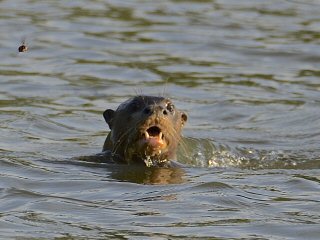 I relished a relaxing cup of coffee overlooking the Rewa this morning well before anyone else woke up. While I enjoyed watching a caiman across river and a pair of Giant Amazon otters playing, I couldn’t get my mind off catching my first arapaima yesterday. These fish aren’t only the most amazing fish I’ve ever caught but perhaps the most amazing wildlife I’ve ever set eyes on.
I relished a relaxing cup of coffee overlooking the Rewa this morning well before anyone else woke up. While I enjoyed watching a caiman across river and a pair of Giant Amazon otters playing, I couldn’t get my mind off catching my first arapaima yesterday. These fish aren’t only the most amazing fish I’ve ever caught but perhaps the most amazing wildlife I’ve ever set eyes on.
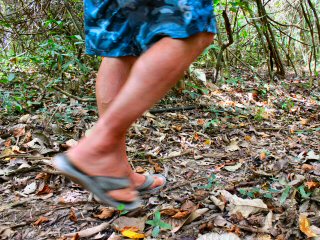 After breakfast we boated upstream five minutes followed by a ten minute walk into the jungle. The walk got a little spicy when Tim and I stepped right smack on a trail of army ants. Both of us got stung to pieces. That’s what we get for navigating the jungle in flip flops. As always, the boats were there waiting and guides Rovin and Cane paddled us out on to Peruan Pond. The arapaima were rolling.
After breakfast we boated upstream five minutes followed by a ten minute walk into the jungle. The walk got a little spicy when Tim and I stepped right smack on a trail of army ants. Both of us got stung to pieces. That’s what we get for navigating the jungle in flip flops. As always, the boats were there waiting and guides Rovin and Cane paddled us out on to Peruan Pond. The arapaima were rolling.
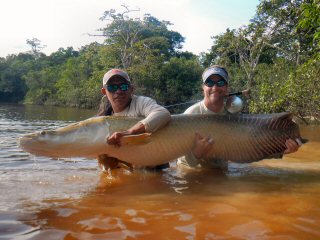 I’m still coasting on yesterday so I leaned back while Tim took the bow. It didn’t take long for him to go tight on a fish. And when I say tight I mean my man Brune hooked this one good and ten minutes later we were shooting photos. They are so incredible!
I’m still coasting on yesterday so I leaned back while Tim took the bow. It didn’t take long for him to go tight on a fish. And when I say tight I mean my man Brune hooked this one good and ten minutes later we were shooting photos. They are so incredible!
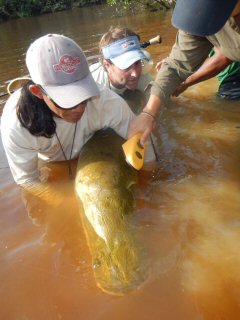 After our photo session Dr. Lesley de Souza and Jaclyn went to work documenting length and girth measurements (fish was 75” long with 35” girth). Then Lesley checked for a previous tag which there wasn’t so she inserted another. This big arapaima was extremely patient with us and after the tagging Lesley easily extracted a blood sample. It is so cool to be part of this research – especially because we get to catch the arapaima!
After our photo session Dr. Lesley de Souza and Jaclyn went to work documenting length and girth measurements (fish was 75” long with 35” girth). Then Lesley checked for a previous tag which there wasn’t so she inserted another. This big arapaima was extremely patient with us and after the tagging Lesley easily extracted a blood sample. It is so cool to be part of this research – especially because we get to catch the arapaima!
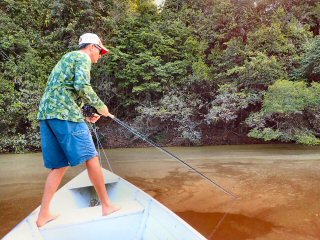 I took over the bow for the next couple hours. I had a fish roll a rods length from me and flopped a leader cast on him. The sizeable fish ate my fly but I had no room for a strip set and made a desperate and useless set with my rod. Arapaima 1 Currier 0.
I took over the bow for the next couple hours. I had a fish roll a rods length from me and flopped a leader cast on him. The sizeable fish ate my fly but I had no room for a strip set and made a desperate and useless set with my rod. Arapaima 1 Currier 0.
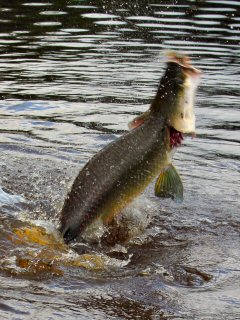 Two more times I got that tap that in your head can’t possibly be from a monster fish. But I’m sure they were and I just missed them. These fellas are tough to hook. Tim took the bow for his second attempt and on his third cast got a tap. He continued his strip and ended getting five taps without connecting. Ten feet from his pick up and recast he got a sixth tap and strip set so hard he ended up in my lap. But good news, this time the fish was on.
Two more times I got that tap that in your head can’t possibly be from a monster fish. But I’m sure they were and I just missed them. These fellas are tough to hook. Tim took the bow for his second attempt and on his third cast got a tap. He continued his strip and ended getting five taps without connecting. Ten feet from his pick up and recast he got a sixth tap and strip set so hard he ended up in my lap. But good news, this time the fish was on.
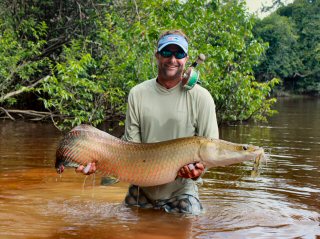 Likely the problem was that this was a small arapaima. Like in tarpon fishing, the little guys are harder to hook because you pull them towards when you set. The big boys are heavy enough they don’t move and the hook drives in. Tim’s arapaima was a snazzy little 53” that was cute in comparison to the previous beasts.
Likely the problem was that this was a small arapaima. Like in tarpon fishing, the little guys are harder to hook because you pull them towards when you set. The big boys are heavy enough they don’t move and the hook drives in. Tim’s arapaima was a snazzy little 53” that was cute in comparison to the previous beasts.
I spent the last hour before lunch on the bow and cast to numerous rollers but to no avail. Yes, indeed I got another of those annoying taps but these fish this morning didn’t have my name on them. Tim on the other hand – fantastic performance!
![]() The afternoon session was short because we had to break down camp and make the long boat ride back to Rewa Eco-Lodge. We dabbled in the extremely muddy Fish Pond. Fish Pond was small and we saw one random rolling arapaima. I made numerous casts at him for an hour but I don’t think he ever saw my fly because of the lack of visibility and the fact that he was in a deep hole. It’s too bad I couldn’t connect because it happened to be an arapaima that Lesley has a satellite tracking tag in that she placed last March. It would have been neat to see how much he’d grown in eight months.
The afternoon session was short because we had to break down camp and make the long boat ride back to Rewa Eco-Lodge. We dabbled in the extremely muddy Fish Pond. Fish Pond was small and we saw one random rolling arapaima. I made numerous casts at him for an hour but I don’t think he ever saw my fly because of the lack of visibility and the fact that he was in a deep hole. It’s too bad I couldn’t connect because it happened to be an arapaima that Lesley has a satellite tracking tag in that she placed last March. It would have been neat to see how much he’d grown in eight months.
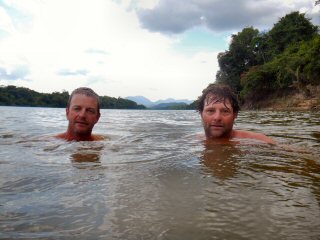 We had an afternoon swim then on the way home there’s a rapid . . . actually not really a rapid but a section of river with some lava rock and more current than the rest of the river. Its places like these where I’ve taken some huge payara in Venezuela. I mentioned it to Tim on the ride home and he asked Rovin if we could bomb a few casts when we got there. Rovin said yes.
We had an afternoon swim then on the way home there’s a rapid . . . actually not really a rapid but a section of river with some lava rock and more current than the rest of the river. Its places like these where I’ve taken some huge payara in Venezuela. I mentioned it to Tim on the ride home and he asked Rovin if we could bomb a few casts when we got there. Rovin said yes.
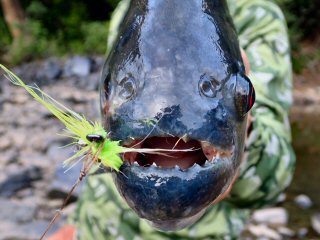 Once there Tim and I were haunted by our flip flops again. They were no match for the difficult terrain. Despite being treacherous I ventured along casting my 10-weight Winston and with my floating Titan taper. On it an enormous Chartreus Clouser Minnow attached by 20lb wire, necessary for the toothy payara or the random piranha.
Once there Tim and I were haunted by our flip flops again. They were no match for the difficult terrain. Despite being treacherous I ventured along casting my 10-weight Winston and with my floating Titan taper. On it an enormous Chartreus Clouser Minnow attached by 20lb wire, necessary for the toothy payara or the random piranha.
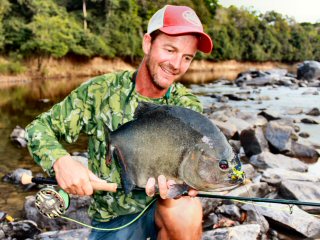 We only had about fifteen minutes and probably never got to the best water. I had a big blow up on my fly in very shallow water but couldn’t tell what species. A couple minutes later I connected and landed a hefty black piranha that I cautiously held all the time his teeth clattering frantically.
We only had about fifteen minutes and probably never got to the best water. I had a big blow up on my fly in very shallow water but couldn’t tell what species. A couple minutes later I connected and landed a hefty black piranha that I cautiously held all the time his teeth clattering frantically.
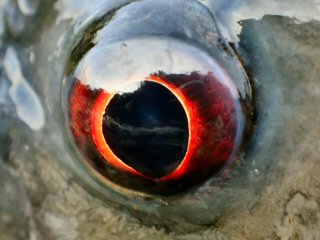 The black piranha is also known as the redeye piranha and there’s some confusion as to whether there may be several different species of black piranha. What I know is this one was far bigger than the whites and red-bellied piranhas I’ve taken in the past. I made dang sure not to get my fingers too close to his snapping jaws. There’s no doubt Rovin would rather I’d not caught him at all!
The black piranha is also known as the redeye piranha and there’s some confusion as to whether there may be several different species of black piranha. What I know is this one was far bigger than the whites and red-bellied piranhas I’ve taken in the past. I made dang sure not to get my fingers too close to his snapping jaws. There’s no doubt Rovin would rather I’d not caught him at all!
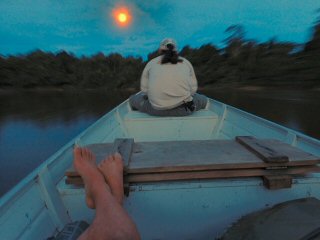 It was a beautiful boat ride the rest of the way back to Rewa Eco-Lodge under the moonlight. We have only two more days of fishing. What a bummer! I absolutely love this place and the challenge of arapaima. Tomorrow I hope to catch another! Stay tuned. . . . .
It was a beautiful boat ride the rest of the way back to Rewa Eco-Lodge under the moonlight. We have only two more days of fishing. What a bummer! I absolutely love this place and the challenge of arapaima. Tomorrow I hope to catch another! Stay tuned. . . . .

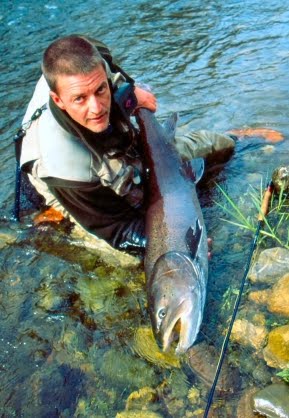
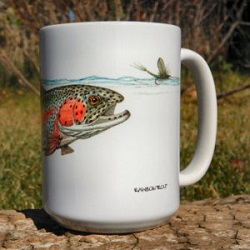







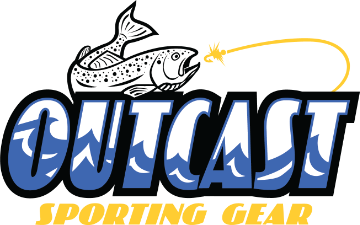

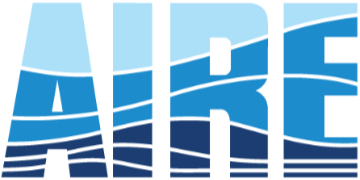

0 Comments